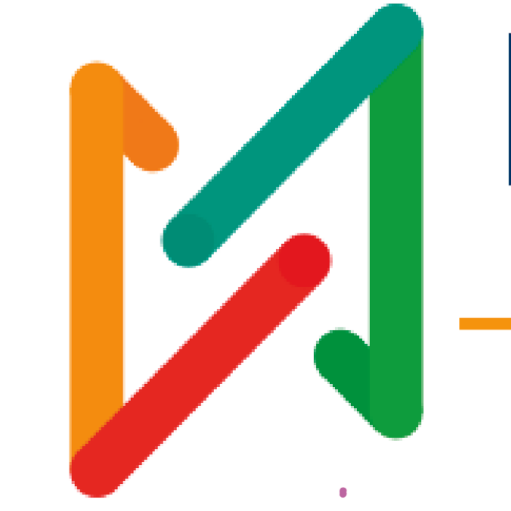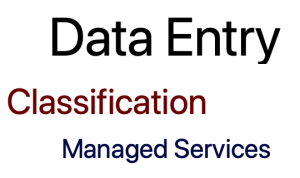Student Master Data Management (MDM) is a systematic approach to collecting, organizing, and maintaining comprehensive and accurate data about students within an educational institution. It involves the management of various types of information related to students, such as personal details, academic records, enrollment history, contact information, and more. Student MDM aims to create a centralized and reliable source of student data that can be accessed and utilized by different systems and stakeholders within the educational ecosystem.
The process of Student MDM typically involves several key steps:
- Data Collection: Educational institutions gather student data from various sources, including application forms, registration systems, student information systems, and other administrative processes. The collected data may include basic demographic information, such as name, date of birth, gender, and address, as well as academic information like course enrollment, grades, attendance, and disciplinary records.
- Data Integration: Once collected, the student data needs to be integrated into a unified system or database. This consolidation process ensures that all relevant information is stored in a centralized location, eliminating data redundancy and inconsistencies that may exist across different systems.
- Data Validation and Cleansing: The collected student data undergoes validation and cleansing processes to ensure accuracy, consistency, and conformity to predefined standards. This involves checking for errors, duplicates, missing information, and data formatting issues. Any identified discrepancies are corrected or resolved to maintain data integrity.
- Data Maintenance and Updates: Student MDM requires ongoing data maintenance to keep the information up to date. This involves capturing changes such as address updates, course transfers, grade modifications, and other relevant updates throughout a student’s academic journey. Regular audits and reviews help identify outdated or irrelevant data that can be archived or deleted.
- Data Security and Privacy: Student data is highly sensitive and subject to various data protection regulations, such as the Family Educational Rights and Privacy Act (FERPA) in the United States. Educational institutions must implement robust security measures to protect student data from unauthorized access, data breaches, and ensure compliance with privacy regulations.
Benefits of Student MDM:
- Improved Decision-Making: By having access to accurate and comprehensive student data, educational institutions can make informed decisions regarding student admissions, curriculum planning, resource allocation, and student support services. Data-driven insights enable educators to identify at-risk students, track academic progress, and develop targeted interventions.
- Enhanced Efficiency: Centralized student data management eliminates the need for redundant data entry and enables seamless integration with other systems and applications used in an educational institution. This streamlines administrative processes, reduces manual work, and improves overall operational efficiency.
- Personalized Learning: A well-implemented Student MDM system allows educators to gain insights into individual students’ learning needs, preferences, and performance history. This facilitates the delivery of personalized learning experiences, adaptive instruction, and targeted interventions to support student success.
- Collaboration and Integration: Student MDM promotes collaboration and integration among different stakeholders within the educational ecosystem. It enables seamless data sharing between departments, facilitates communication between educators and parents, and supports the integration of third-party applications and educational platforms.
In summary, Student Master Data Management is a crucial process for educational institutions to effectively manage and utilize student data. It ensures the availability of accurate and up-to-date information, leading to improved decision-making, enhanced operational efficiency, personalized learning experiences, and better collaboration among stakeholders. By leveraging the power of data, educational institutions can provide better support and outcomes for their students.

